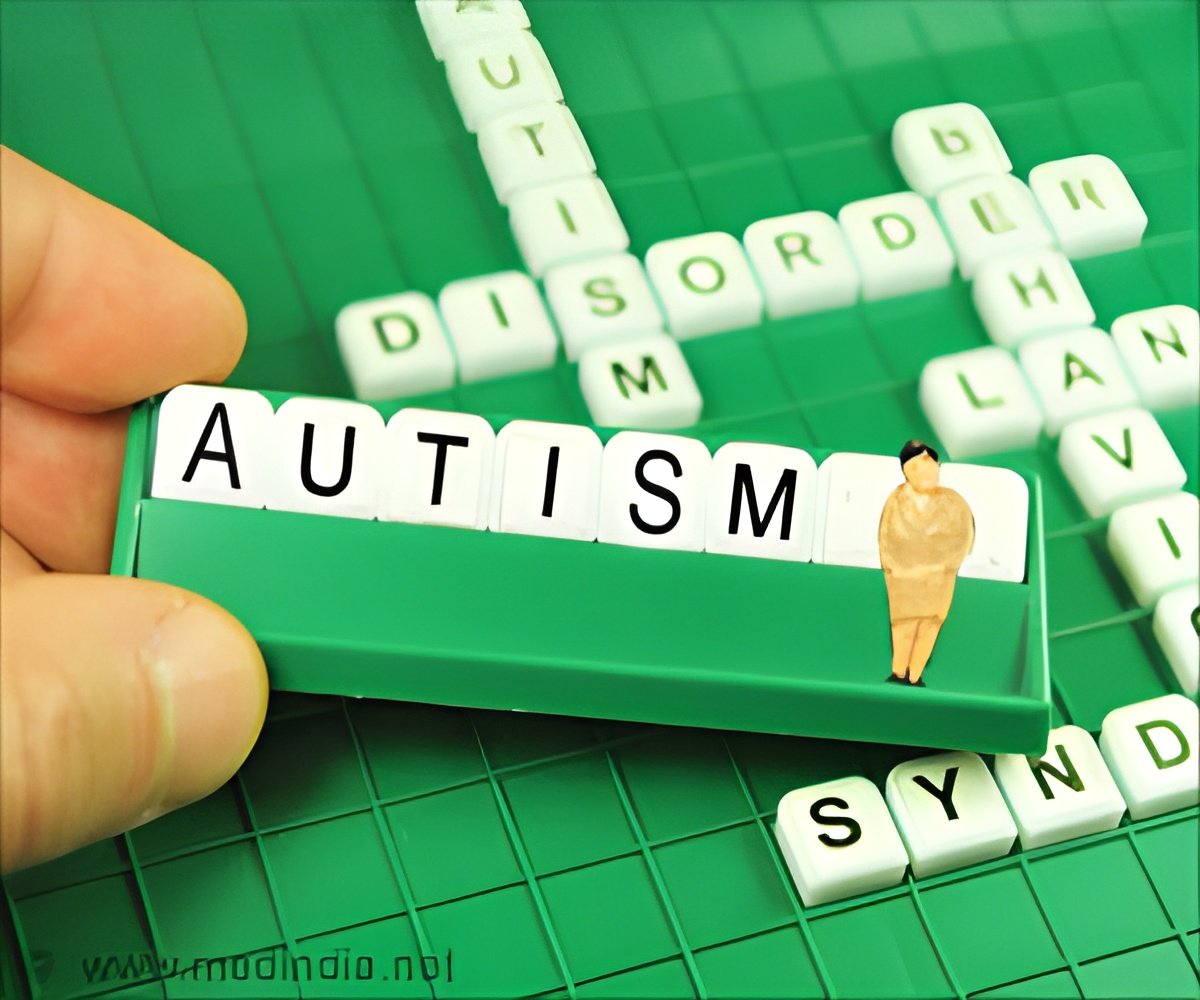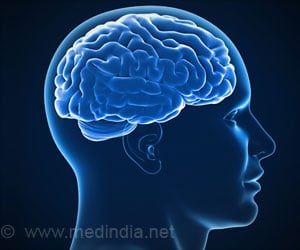A USF professor uses advanced imaging and virtual reality (VR) to map the brain, aiding in understanding autism and improving treatment for brain disorders.

USF researcher using VR to map the brain, understand and treat disorders such as autism
Go to source). Funded by a $3.3 million grant from the National Institutes of Health, George Spirou is expanding on his four decades of brain research to focus on the part of the brain that processes sound, called the calyx of Held – the largest nerve terminal in the human brain. Auditory dysfunction is often the source of symptoms of disorders, such as autism, which typically result in social and cognitive impairment.
‘Utilizing #virtualreality,researchers mapped the brain to comprehend and address disorders like #autism. #healthtechnology ’





“Even though we’re focusing on a specific part of the brain involved in hearing, the information we gather can help us understand serious developmental disorders that happen when the brain doesn’t develop properly early on,” Spirou said. “Our findings could also pave the way for innovative strategies to repair and reconnect damaged neural circuits affected by disease and injuries later in life.” Pioneering Neural Development Research
Using high-resolution imaging technology combined with image analysis inside the Auditory Development and Connectomics Laboratory at USF, Spirou is creating the most accurate developmental timeline for any neural system in the brain. They’re able to capture the journey of neurons in mice from birth to their establishment of intricate synaptic connections. According to the NIH, mice and human brains have very similar neuron types and connections.With software created by Spirou and his colleagues, he and his doctoral student, Daniel Heller, are using virtual reality to intricately examine the neurons captured in the images and analyze the synapses through an immersive experience. While developing neural systems have been studied, Spirou said not at this combined level of temporal and spatial resolution.
“Between the fourth and fifth gestational months, the number of neurons in the nervous system just explodes almost exponentially and synapses are forming at a rate of about a million per second during that time, which is an incredible number when you consider there are almost 100 trillion synapses in an adult human brain,” he said. “I like to think of it as there are about 100 billion stars in the Milky Way, and there are about that many neurons in the brain.”
Heller has worked alongside Spirou for several years, even following him from West Virginia University to USF in 2019, so he could continue learning Spirou’s interdisciplinary and collaborative approach to research. Now close to graduation, Heller’s dissertation is largely focused on this project.
Advertisement
Over the next five years, their goal is to pinpoint what signals drive the precise formation of this particular neural system – a missing detail that once understood, would reveal how formation works in other neural circuits. In the event of an injury in a mature brain, this information would be helpful to help reorganize and possibly reconnect neurons to help patient recovery through surgery and other treatment options.
Advertisement
Reference:
- USF researcher using VR to map the brain, understand and treat disorders such as autism - (https://www.eurekalert.org/news-releases/1045895)
Source-Eurekalert














